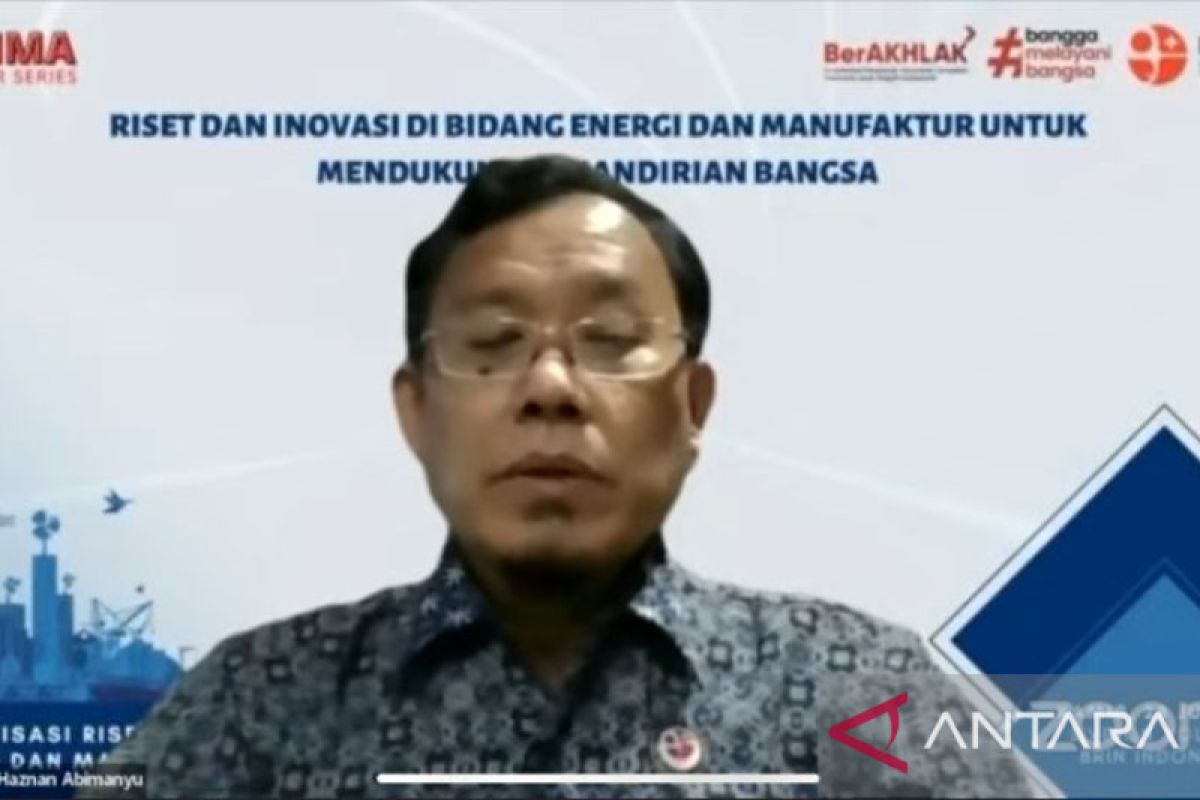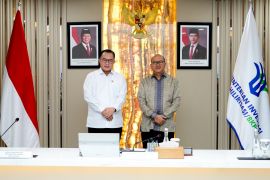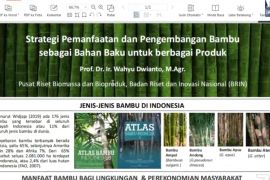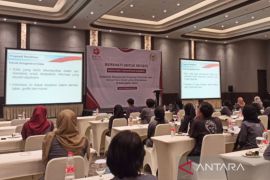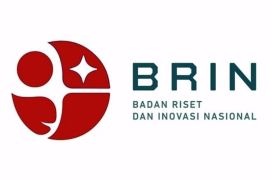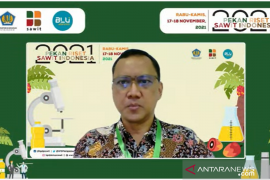“The National Research and Innovation Agency continues to conduct research and innovation to support the energy transition by utilizing alternative energy sources in Indonesia," head of BRIN’s Energy and Manufacturing Research Organization, Haznan Abimanyu, said on Tuesday.
The effort is in accordance with President Joko Widodo's speech at the 2022 annual session of the People's Consultative Assembly and the joint session of the House of Representatives and Regional Representatives Council here on Tuesday.
Abimanyu said that besides downstreaming, the optimization of clean energy sources and the green economy must be improved constantly.
President Joko Widodo said clean energy sourced from solar heat, geothermal, wind, ocean waves, and bioenergy will attract industrialization that produces low-emission products.
Reliance on fossil-based fuels has had an impact on climate change, thus clean energy has become an urgent need, both on the domestic and global fronts, Abimanyu said.
Related news: RI supports strategy in reducing coal-derived carbon gas emissions
For the industrial sector, research on ecosystem innovations in carbon capture and storage systems, blue hydrogen and green hydrogen for the petrochemical industry, and biofuels in terms of bioenergy have become vital for protecting the ecosystem.
In the transportation sector, the government is preparing alternative eco-friendly fuels. Thus, the agency is conducting research and development of bioethanol and hydrogen as alternative environmentally friendly fuels.
Bioethanol is one of the biofuels that could be used as an additive and substitute or in blending for gasoline. In addition, research related to hydrogen as a fuel for transportation is being pursued as part of efforts to reduce emissions.
The agency's second generation (G2) bioethanol production pilot plant has managed to develop bioethanol with a purity of more than 99.6 percent.
The raw material for bioethanol G2 is lignocellulosic biomass from palm oil plantation waste in the form of empty palm oil bunches, which are currently the most abundant since Indonesia is the number one producer of palm oil in the world.
Related news: Indonesia to experiment use of bioethanol fuel
The use of ethanol as a fuel oil mixture could reduce 70–90 percent of carbon dioxide emissions compared to the equivalent of 90 octane fuel oil.
However, there are still many issues surrounding the use of bioethanol as a domestic fuel, specifically the physical properties of ethanol, the guarantee of raw material availability, and databases and energy balances, all of which need to be resolved.
The main expert researcher from BRIN’s Energy Conservation and Conversion Research Center, Eniya Listiani Dewi, said that one of the efforts to reduce emissions from the transportation sector is the use of battery-based and hydrogen gas-based electric vehicles.
The use of hydrogen-fueled vehicles is more suitable for long-distance transportation because hydrogen vehicles can go long distances with just one refueling.
The time required for hydrogen refueling is less than three minutes, just like for gasoline. However, currently, the hydrogen production infrastructure, including fueling stations, requires high investment.
Meanwhile, charging electric vehicles takes quite a long time. Even at fast charging stations, it can take up to 1.5 hours. Therefore, electric vehicles are more suitable for short-distance transportation.
Related news: LIPI pushes for development of second generation bio-ethanol
Related news: Carbon tax bolsters efforts to lower GHG emissions: BRIN
Translator: Martha H S, Mecca Yumna
Editor: Suharto
Copyright © ANTARA 2022
